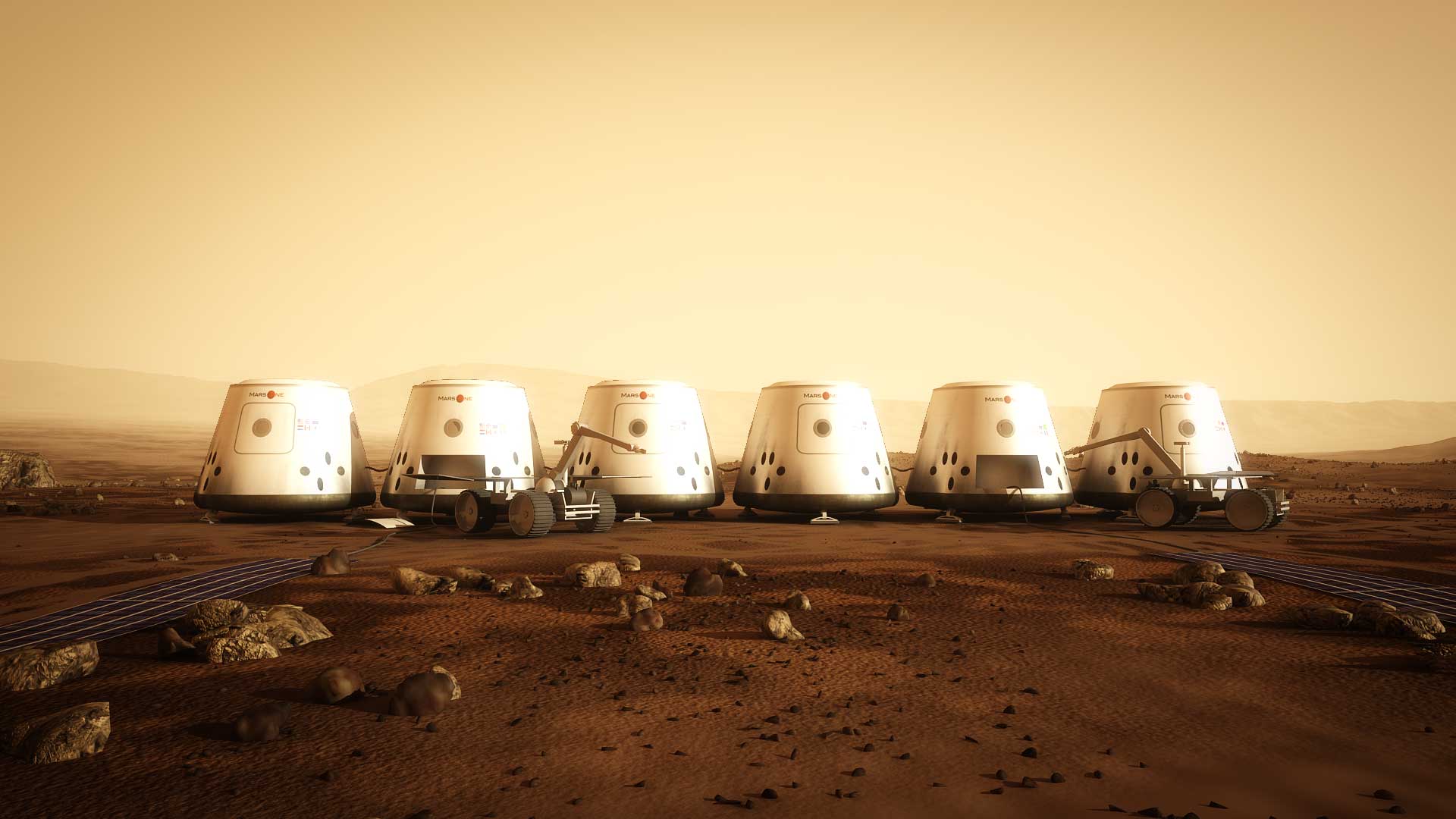Vast Space now aims for 2026 launch of Haven-1 space station after key milestone (photos)
Designing a space station is taking a little longer than Vast expected, but the company is still moving at a breakneck pace.
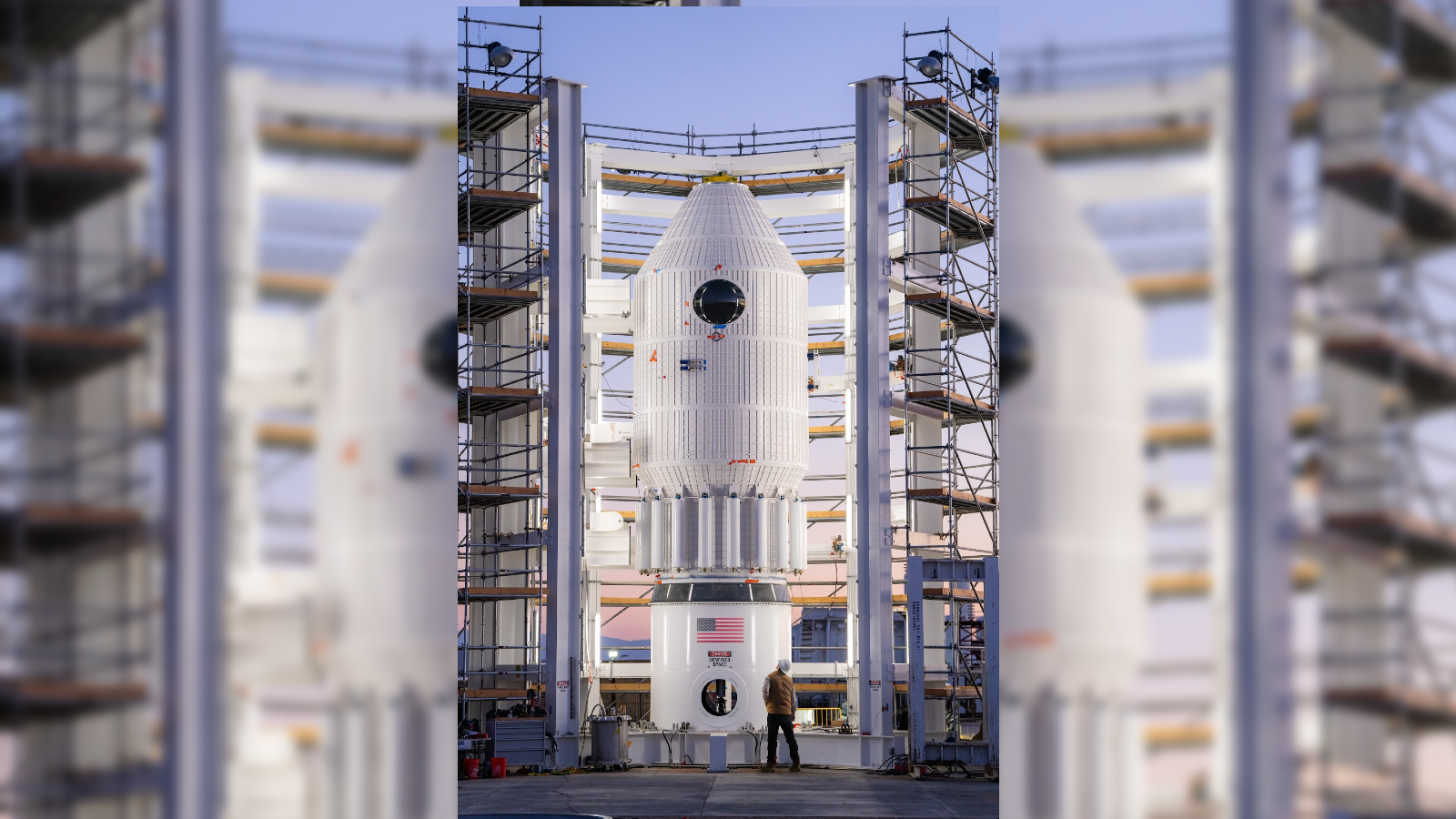
Vast Space is taking big steps toward putting the first commercial space station in orbit.
The California-based startup recently completed a major testing milestone for the qualification vessel of its upcoming Haven-1 station, a benchmark Vast also used to reevaluate the launch date for the company's first flight-ready module.
"With the completion of our primary structure qualification test and a fully assembled team, we now have greater clarity on our build and launch schedule. As a result, we are updating our timeline," Vast said in a statement.
Haven-1 will ride a SpaceX Falcon 9 rocket to low-Earth orbit — a mission that was initially slated for this August. Now, Vast expects Haven-1 to launch no earlier than May 2026.
Even with the delay, it's still an "ambitious timeline," the company said. But Vast remains optimistic: "If all goes as planned, we will have designed, built, and launched the world’s first commercial space station in three years — a pace never before achieved in human spaceflight."
Vast began manufacturing the Haven-1 qualification article at its Long Beach headquarters in July 2024 and transported the module to the company's test stand in Mojave, California, last month. There, the module began a series of campaigns to qualify the module's structural integrity. Those campaigns are ongoing, but one passed recently was a significant hurdle for the module's continued development.
Using dry nitrogen, Vast pressurized the module on the test stand twice — the first for a duration of five hours, and the second for 48 hours. According to the company's data, Haven-1's pressure sensors showed an "indiscernible" leak rate, exceeding the vessel's requirements and falling within compliance for NASA's crew-rated spacecraft qualifications.
Breaking space news, the latest updates on rocket launches, skywatching events and more!
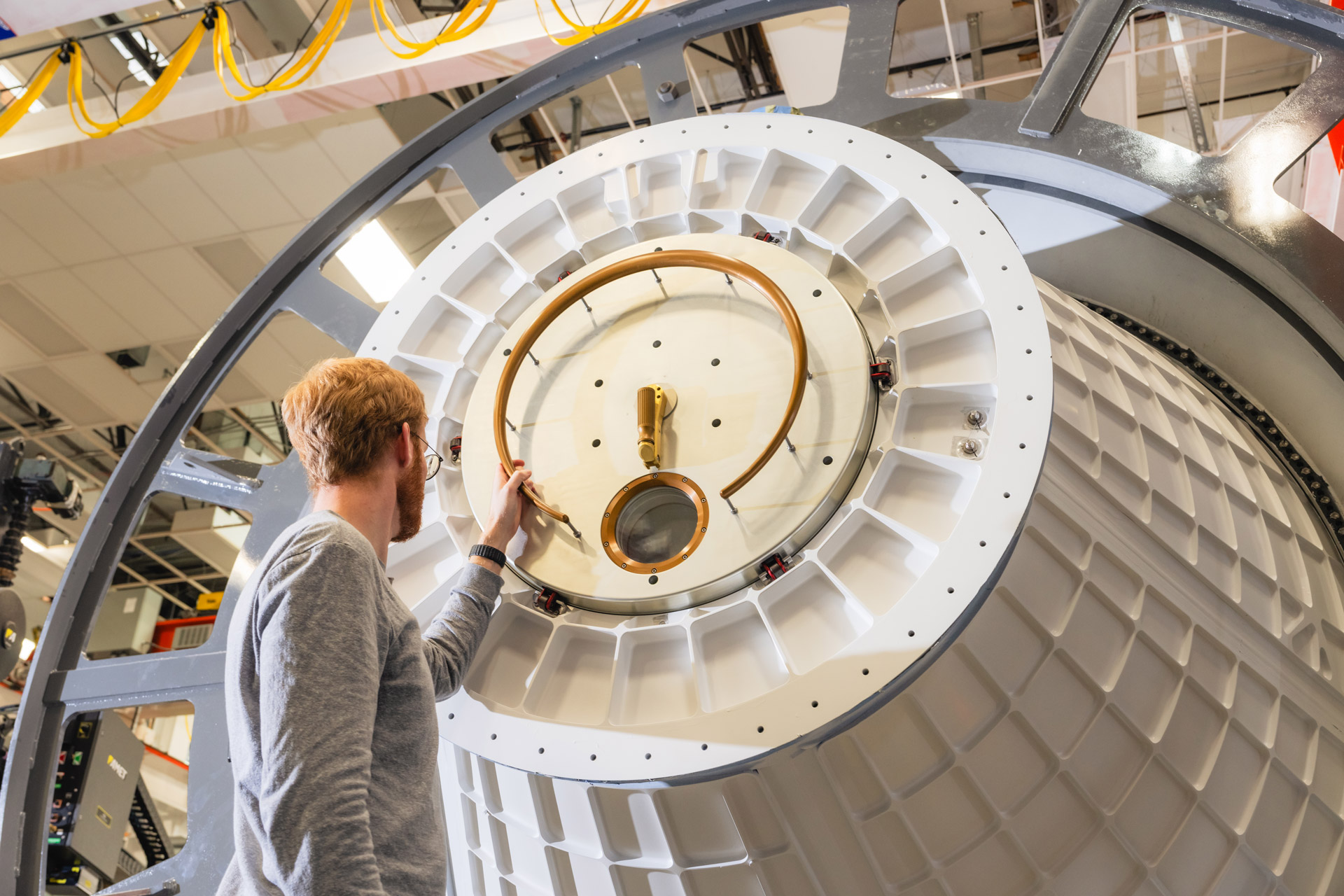
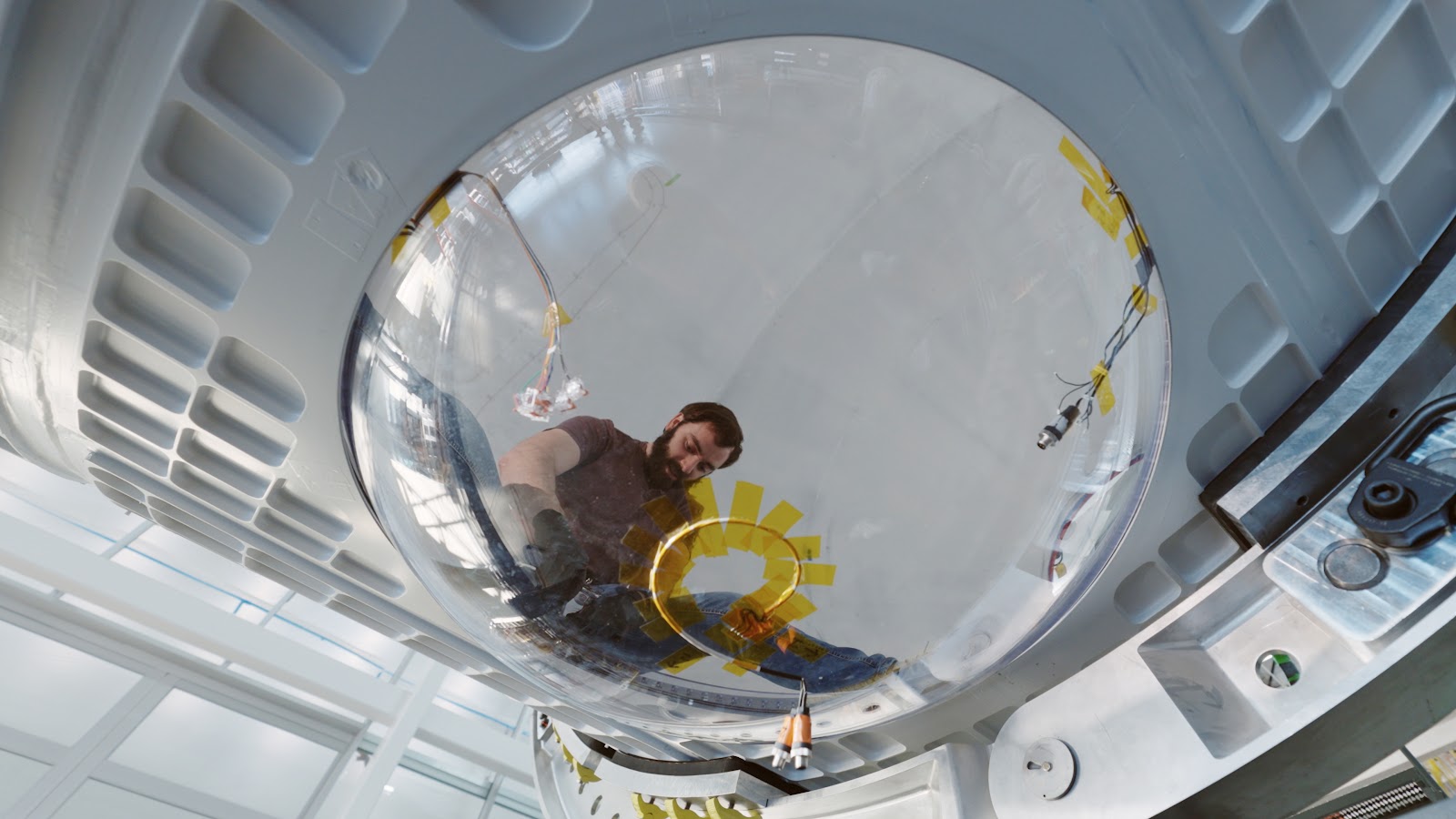
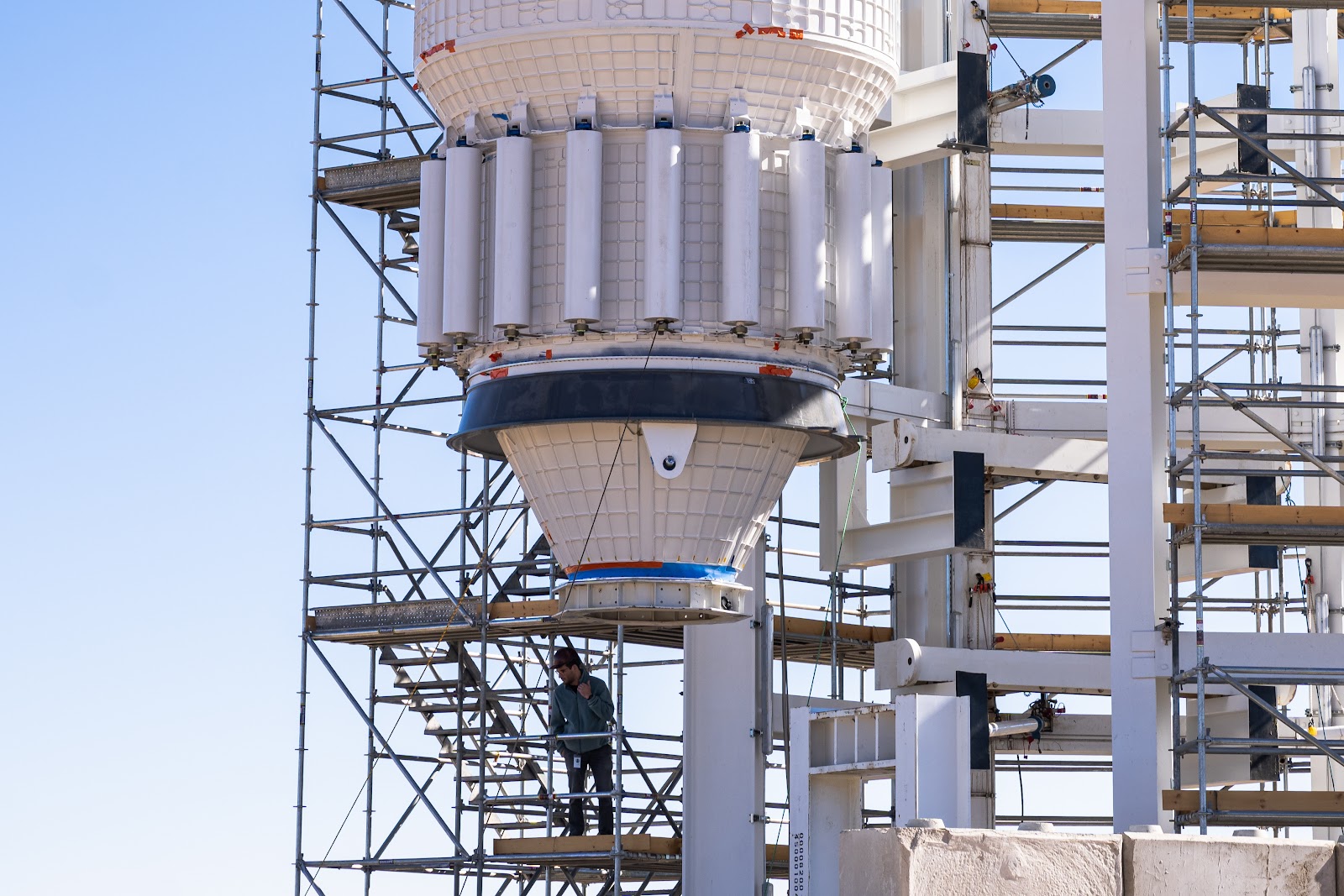
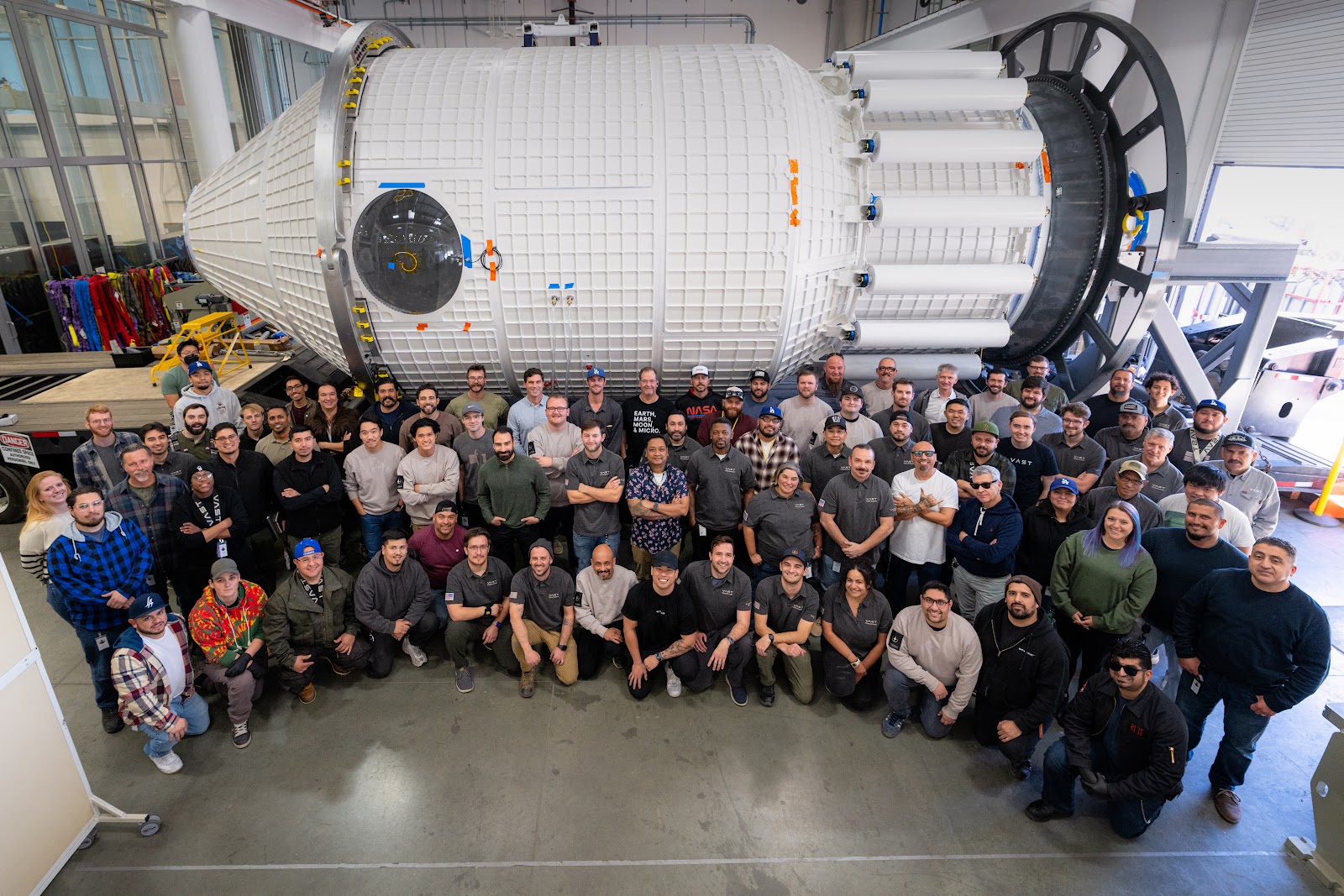
That last bit is important. Vast is hoping to win the bid for NASA's Commercial LEO Destination (CLD) contract in 2026, and wants to put itself ahead of the competition.
With the International Space Station (ISS) approaching retirement at the end of 2030, NASA has been eager for companies to get commercial space stations up and running. Indeed, nearly half a dozen other private contenders have voiced plans to construct their own LEO destinations — namely, Northrop Grumman, Axiom Space, Nanoracks and Sierra Space.
As those companies tread water while they gauge market demand or continue their station developments in the background, Vast says it's on track to get Haven-1 to orbit in record time, and has begun actively seeking out customers and scientists with research they want to fly to space.
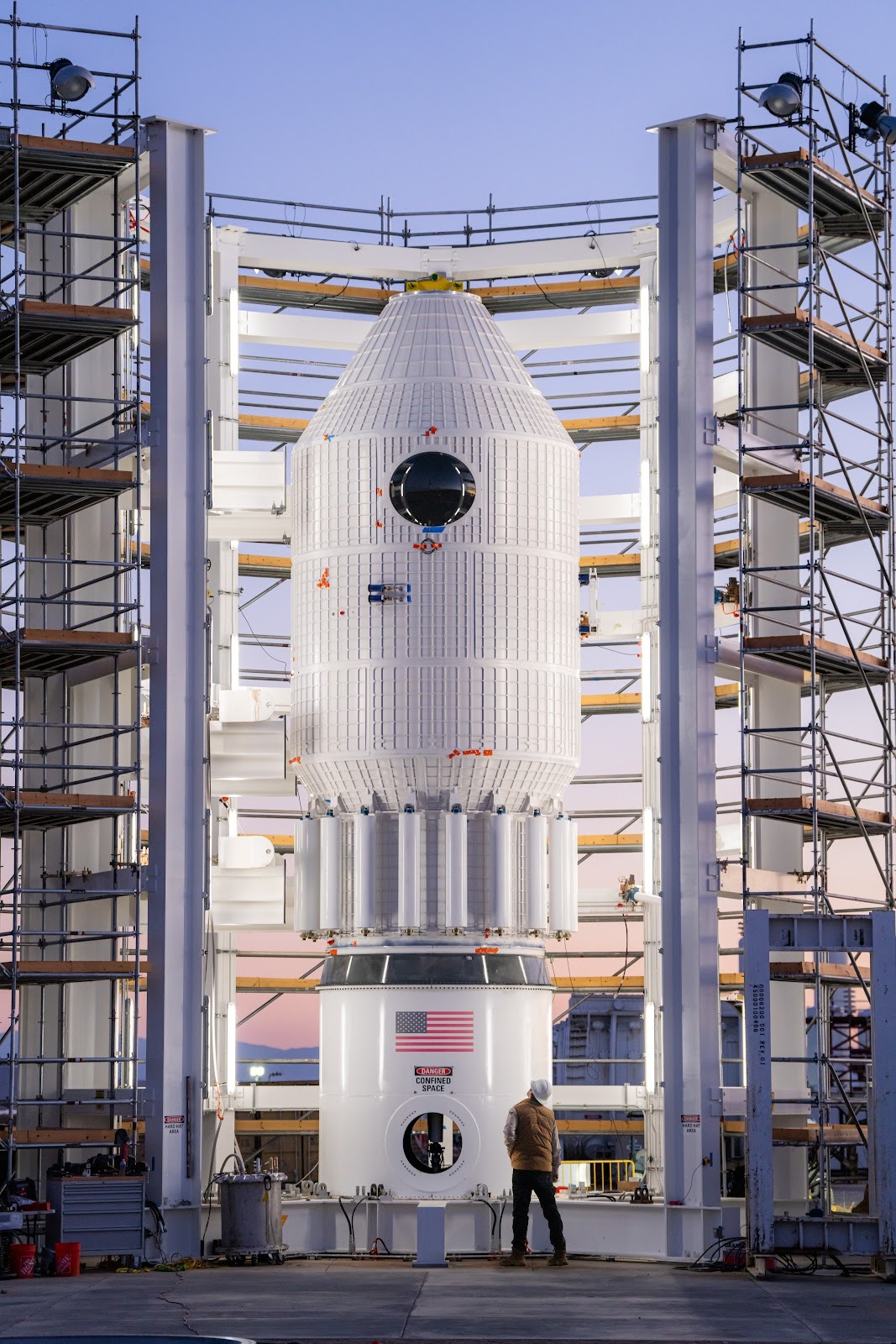
In the weeks ahead, the test module will be submitted to simulated launch pressures using hydraulic actuators on the Mojave test stand, as well as undergo structural load tests while under pressure.
Even as the qualification article began its test campaign at the end of last month, Vast was already manufacturing the Haven-1 flight vehicle — the one going to space. Matching the six-month pace the qualification module took from manufacturing to its tests in Mojave, Vast aims to complete the primary structure for the flight module by July of this year. The company's full timeline, from now through the first crewed mission to Haven-1 is as follows:
| Milestone | Description | Target Date |
|---|---|---|
| Flight Primary Structure | Complete manufacturing and testing of the flight primary structure | July 2025 |
| Integration | Vehicle integration and checkout, including subsystem manufacturing and testing | July 2025 - December 2025 |
| Integrated Vehicle Testing | Environmental test campaign (acoustics, vibration, EMI, TVAC) | Jan 2026 - March 2026 |
| Launch Campaign Start | Pre-launch operations at the launch site | April 2026 - May 2026 |
| Launch | Haven-1 launch | NET May 2026 |
| Automated-Orbit Operations | System commissioning in orbit | May - June 2026 |
| First Crewed Mission | First crewed mission | NET End of June 2026 |
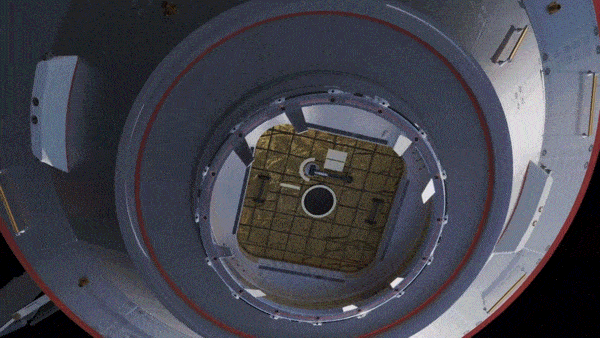
Once Haven-1 is operational in orbit, Vast plans to launch a four-person crew to the outpost aboard a SpaceX Crew Dragon. That mission will last about two weeks, as the astronauts check out the station's systems and habitability.
Looking ahead even further, Vast has already unveiled its plans for Haven-2, a second module design that will dock with Haven-1 to increase the space station's capacity and capabilities. Vast is currently targeting 2028 for the first Haven-2 launch, with plans to to add to the modular station through 2032 to eventually exceed the current capabilities of the ISS.

Josh Dinner is the Staff Writer for Spaceflight at Space.com. He is a writer and photographer with a passion for science and space exploration, and has been working the space beat since 2016. Josh has covered the evolution of NASA's commercial spaceflight partnerships and crewed missions from the Space Coast, as well as NASA science missions and more. He also enjoys building 1:144-scale model rockets and human-flown spacecraft. Find some of Josh's launch photography on Instagram and his website, and follow him on X, where he mostly posts in haiku.
